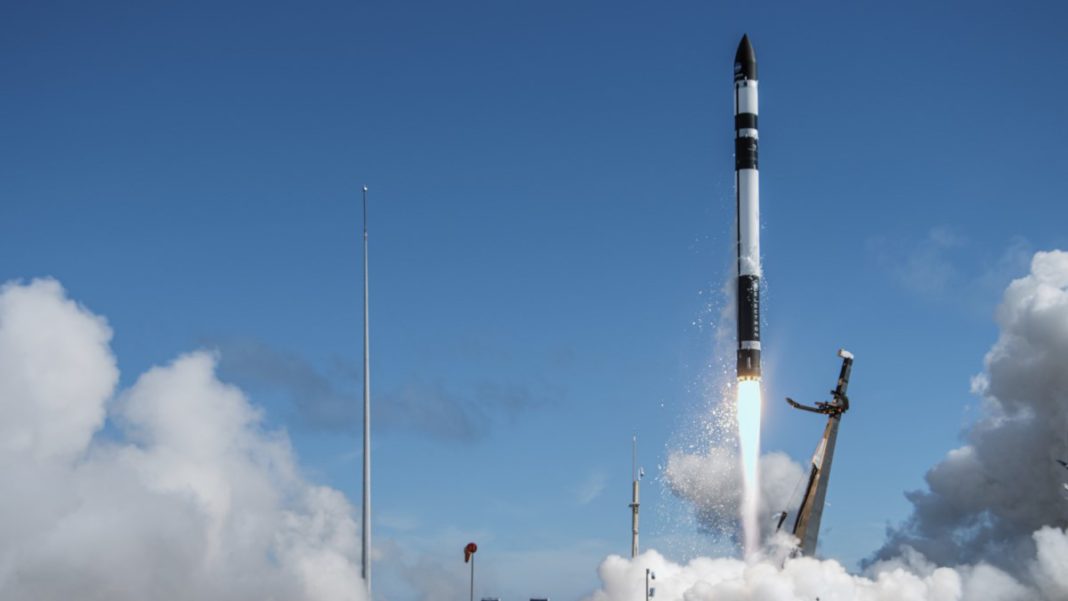UNITED STATES: NASA’s new hurricane-hunting TROPICS constellation is off to a great start as Rocket Lab’s Electron rocket successfully launched the first two CubeSats into low Earth orbit.
The launch occurred on May 7, atop the company’s New Zealand site. The TROPICS constellation, short for “Time-Resolved Observations of Precipitation Structure and Storm Intensity with a Constellation of SmallSats,” aims to measure the hour-by-hour formation and progression of tropical cyclones and hurricanes with improved specificity.
Intending to improve the understanding of the fundamental processes driving these storms and enhance the ability to forecast and track their intensity, the TROPICS programme researchers are excited about this innovation leap to augment much heftier weather-focused satellites.
These CubeSats are about the size of a loaf of bread, and by complementing larger weather satellites, they allow for new innovation and exciting data collection.
Rocket Lab can launch from two parts of the planet, including the Mid-Atlantic Regional Spaceport in Virginia.
NASA had initially planned to fly both TROPICS missions from MARS but shifted them to New Zealand to take advantage of an earlier launch date.
The change in launch sites, which came at no significant extra cost to NASA or Rocket Lab, allows the constellation to run before the 2023 hurricane season in the Northern Hemisphere, officially starting on May 15 in the Eastern Pacific.
NASA initially planned the TROPICS constellation to consist of six satellites, but the first two CubeSats were lost when their rocket ride failed during launch in June 2022.
NASA then selected Rocket Lab to launch the remaining four satellites. If the second Rocket Lab mission experiences any anomalies on its way to orbit, the TROPICS constellation will not be useless.
If only two CubeSats make it to orbit, it will result in a slower TROPICS observation cadence.
Rocket Lab has been researching ways to make the Electron’s first stage reusable, recovering boosters on several previous flights.
However, it did not perform any recovery operations during this launch. With the successful launch of the first two TROPICS CubeSats, Rocket Lab is now preparing for the launch of the other two satellites, slated to take place about two weeks from now, to complete the TROPICS constellation.
Also Read: NASA’s JWST Discover Complex Debris Disks Around Nearby Star Fomalhaut



